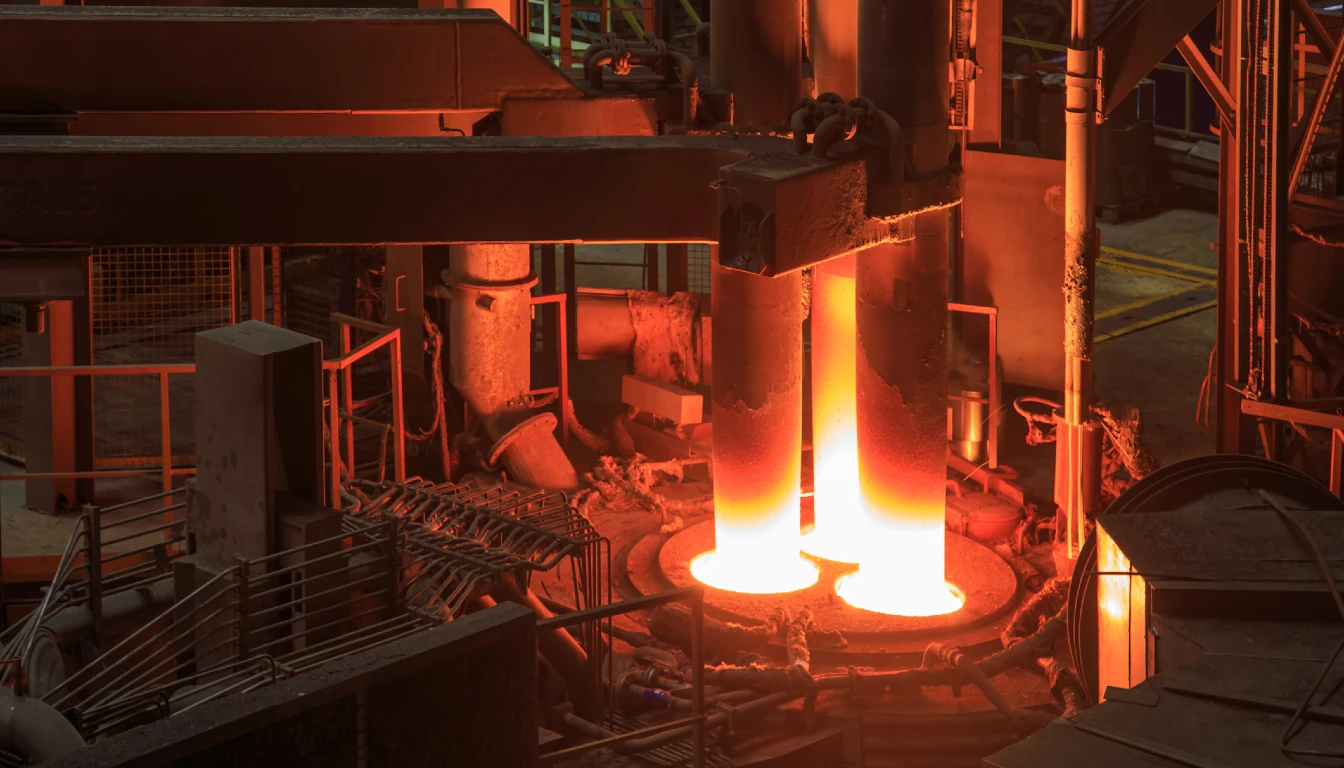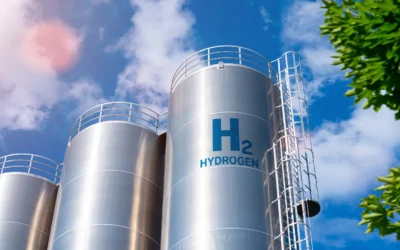The steel industry is embracing electric arc furnaces (EAFs) to curb carbon emissions, but challenges such as limited scrap supply and high electricity costs persist. Efforts to combine EAFs with direct reduced iron plants aim for carbon-neutral steel production, although industry progress is falling short of global targets. Key players and regions are investing in green technologies for a sustainable transition, shaping the future of steel production.
The steel industry is a big polluter. It’s responsible for 7-9% of global carbon dioxide emissions, so is exploring methods – albeit not as fast as it needs to – to reduce its environmental impact. Traditional steel production, which involves converting iron ore into steel using coking coal, emits approximately 2 tonnes of CO₂ per tonne of steel. In response, the industry is shifting towards electric arc furnaces (EAF), which primarily utilize recycled scrap steel and prodice significantly lower emissions.
Electric arc furnaces function by generating a high-temperature electric arc to melt down scrap steel, reducing emissions by 75-80% compared to traditional blast furnaces. However, challenges include limited scrap supply, impurities in the scrap, and high electricity costs, especially where green power availability is insufficient.
A noted strategy involves combining EAFs with direct reduced iron (DRI) plants, which use natural gas or green hydrogen to produce sponge iron. This combination aims to approach carbon neutrality in steel production while accommodating higher-grade steel manufacturing.
Globally, 43% of new steelmaking capacity planned in the past year uses EAF technology, up from 33% the previous year. Despite this progress, industry efforts still fall short of the International Energy Agency’s Net Zero by 2050 target, which requires 53% EAF capacity overall by 2050; current projections estimate only 32%.
China, accounting for 62% of global steel emissions, plays a crucial role in the industry’s global progress toward emissions reduction.
Electric arc furnaces, already dominant in U.S. steelmaking, are seen as crucial for emissions reductions globally. Innovations in DRI technology using green hydrogen aim to achieve primary steel production with a reduced carbon footprint. Countries with access to cheap green energy, such as Scandinavia and Australia, are poised to benefit from this transition.
Key investments include efforts by steel giants like ArcelorMittal, Thyssenkrupp, and Tata Steel. Many of these are dependent on taxpayer support for infrastructure development, including the necessary, nearby, hydrogen production facilities.
The shift to EAFs necessitates significant investment, impactful job transitions, and policy support to ensure a just transition for affected workers. The evolution of steel production is expected to favour regions with accessible green energy and modern infrastructure.
An acceleration in the industry’s transition is needed.


